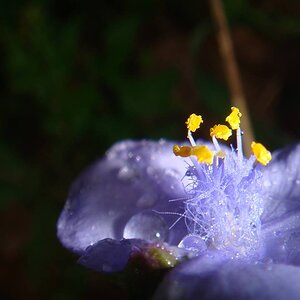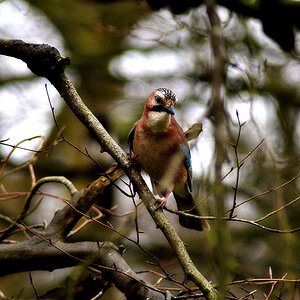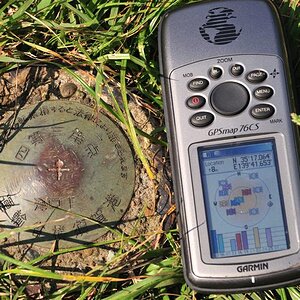- Joined
- Oct 3, 2013
- Messages
- 11,518
- Reaction score
- 4,788
- Location
- Louisville, Nebraksa - United States
- Can others edit my Photos
- Photos OK to edit
I find it ironic that for years I would have given anything to have a meter built into my cameras so I didn't have to shoot every single photograph in so-called "Manual Mode" whereas now people have intelligent cameras with built-in metering and microprocessors controlling everything, and the majority of them want to start out in the mode many of us would have loved to get away from.
Rotfl.. yup, that one just made my day. Couldn't agree more.


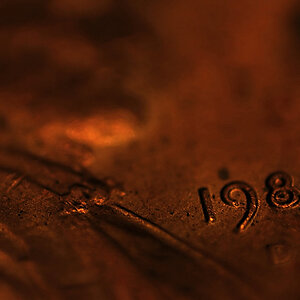
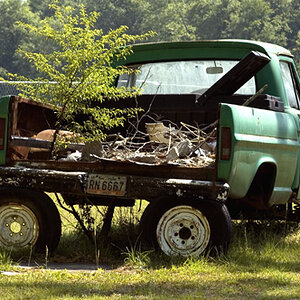
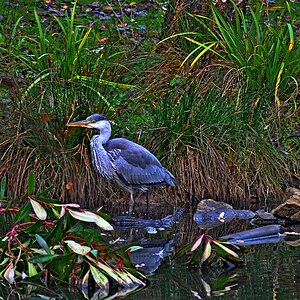
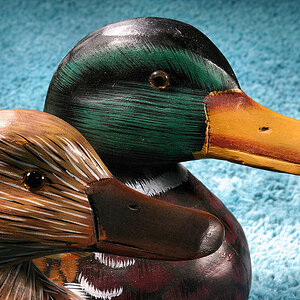


![[No title]](/data/xfmg/thumbnail/31/31019-2d026027bccbe16cea34daffbab9e4f0.jpg?1619734573)


